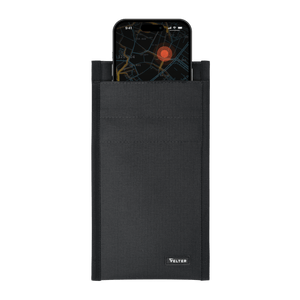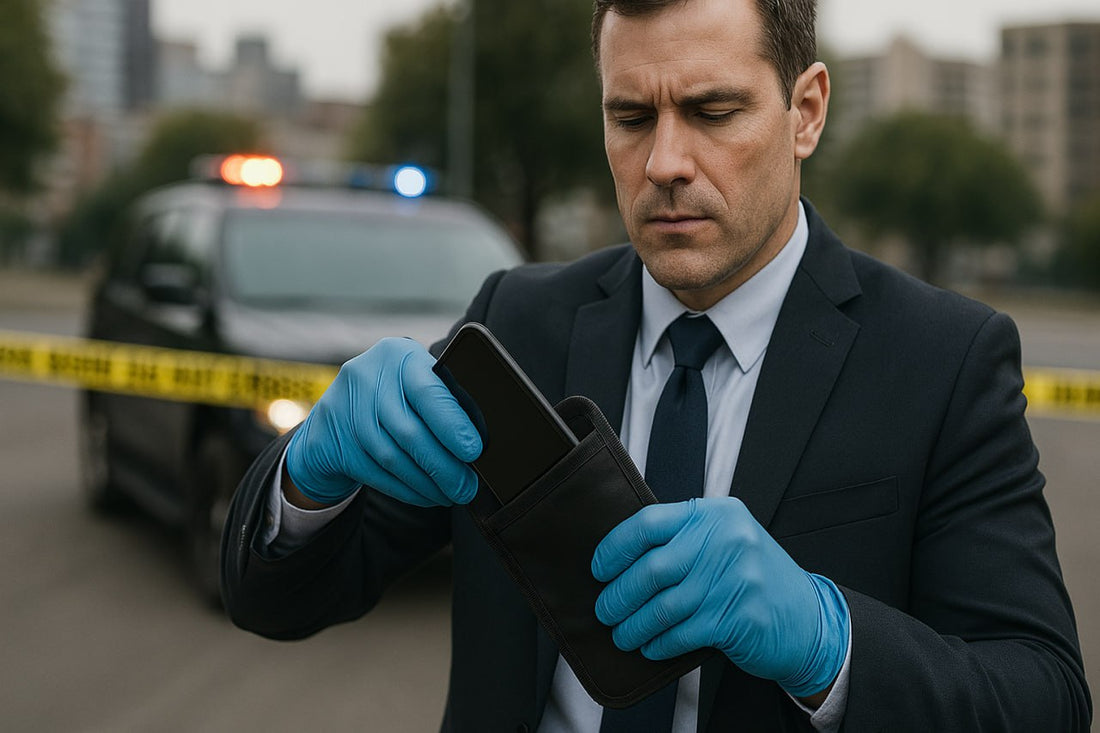Digital Forensics: Investigating Crimes Through Digital Traces and Protecting Electronic Evidence
Mobile devices have fundamentally transformed crime investigation methods. In the past, investigations mainly relied on fingerprints and physical evidence. Today, digital traces—such as messaging records, geolocation data, or file metadata—have become crucial factors. Without specialized technologies to protect digital evidence, solving crimes becomes significantly more challenging. We spoke with a digital forensics expert to learn about the modern approach to investigations and protecting digital evidence.

Facts and Figures
To understand how much technology has shifted the balance of power in forensics, it’s enough to look at the numbers:
-
According to research by Cellebrite, 63% of surveyed law enforcement leaders said that digital evidence is present in nearly every investigation.
-
60% of investigators consider digital evidence more important for solving cases than DNA analysis.
-
According to a report by the European Police Agency, over 90% of crimes leave a digital trace.
The trend is clear—digital evidence has become a key factor in bringing cases to court.
"In today’s world mobile phones are not just a mobile phone. They are integrated with Human life every day. People now use smartphones to store payments, cards, unlock their cars using smart keys and unlocking their homes using smart keys. The phones contain most personal and business information for any individual. Accessing this data using the forensics tools and data extraction software will give the investigators massive amount of information about this individual or the suspect that can usually lead to legal proceedings. Forensics tools now utilize automation, AI technology and automated detection of common objects such as guns, illegal pictures, some keywords, and others". — Abdullah Al-Ali
Challenges of Modern Forensics
Criminals are also keeping up with technology. A striking example is the case of EncroChat, a full-fledged communication operator designed for criminals. The EncroChat network was used to coordinate money laundering, arms trafficking, and drug deals.
The company sold modified smartphones that looked like ordinary devices on the outside but concealed a sophisticated security system inside. The devices supported dual boot: a regular operating system served as a decoy, while a second, encrypted system activated upon entering a PIN code. The key feature was the “panic button,” which allowed the user to instantly wipe all data from the phone. In some versions, this would happen automatically during a hacking attempt or after entering an incorrect password. Forensics experts are encountering such devices more and more frequently.
“Yes. most of organized criminals use special software or special and custom operating system phones, that utilizes remote wiping capabilities, panic button for auto deletion of phone content and reboot. Sometimes, dual boot operating system. Depending on the sophistication of the data wiping method, forensics examiners can sometimes recover data and sometimes not”. — Abdullah Al-Ali
Another reason to protect digital evidence from external interference is the risk of losing data stored in the device’s volatile memory. This memory may contain unique information not saved to permanent storage: open messenger sessions, encryption keys, temporary files. This data disappears if the device is remotely shut down.
It is equally important to prevent the device from being tracked after seizure. Through geolocation, Wi-Fi, and cell towers, criminals may determine the location of digital evidence. This opens the door to efforts to destroy the evidence and sabotage the investigation.
Finally, a seized smartphone could be used to spy on the investigation. With remote access to the camera and microphone, criminals can listen in on conversations, learn about the case’s progress, and interfere in the process.
These threats make it essential to use specialized protective solutions—such as shielding pouches and boxes. In some countries, like the United States, using such devices is mandatory for police forensics teams.
“Officers arriving at a crime scene are required to carry radio frequency shielding tools—for example, shielding bags or pouches. These tools are designed to isolate mobile phones, smartphones, and other portable devices immediately upon seizure”. — U.S. Department of Justice Forensics Guide
Protective Tools for Digital Evidence

Shielding devices are professional solutions for protecting digital evidence from external interference. These sleeves, bags, and boxes create a sealed shielded space (Faraday cage), completely blocking wireless communication—cellular, Wi-Fi, Bluetooth, GPS. Inside, the device is inaccessible for remote interaction, and all data remains intact.
“Must-have equipment for forensics lab can be combination of write blockers, faraday cases and cages and boxes, forensics workstations with high storage, isolated network storage, and air-gapped network segment. When dealing with smartwatch forensics, you need connectors, cables and watch readers”. — Abdullah Al-Ali

A Faraday sleeve is convenient for the safe transportation and storage of evidence—it holds up to two smartphones of any size and securely closes with a Velcro flap. It helps organize the handling of evidence and maintain the continuous chain of custody, which is essential for using the data in court.
Quality of Protection: The Key to Solving Cases
The success of an investigation and its prospects in court depend directly on how securely the digital evidence is protected. Therefore, storage solutions for electronic devices must provide a high level of radio shielding. Velter’s shielding solutions—from pouches to specialized materials—have been lab-tested and proven effective. This ensures they can be safely used in forensics when handling evidence vulnerable to external interference.
“Digital evidence is very sensitive in any case and it is easy to be tampered with, physically or remotely. That’s why we usually use faraday cage and write blockers when seizing devices. Some advanced techniques are to use high frequency pulse to remotely destroy electronics in any digital evidence. Malware and backdoors are also a way to communicate, and control seized devices. That’s why blocking radio signals and communications is essential nowadays”. — Abdullah Al-Ali
Conclusion
Digital forensics has already become a vital tool in crime investigations, and its role will only continue to grow. In a world where nearly every offense is somehow linked to technology, it is crucial to have access to modern tools for collecting, storing, and transporting digital evidence. Velter’s solutions help law enforcement and cybersecurity professionals handle electronic evidence professionally and successfully solve crimes by following the digital trail.


